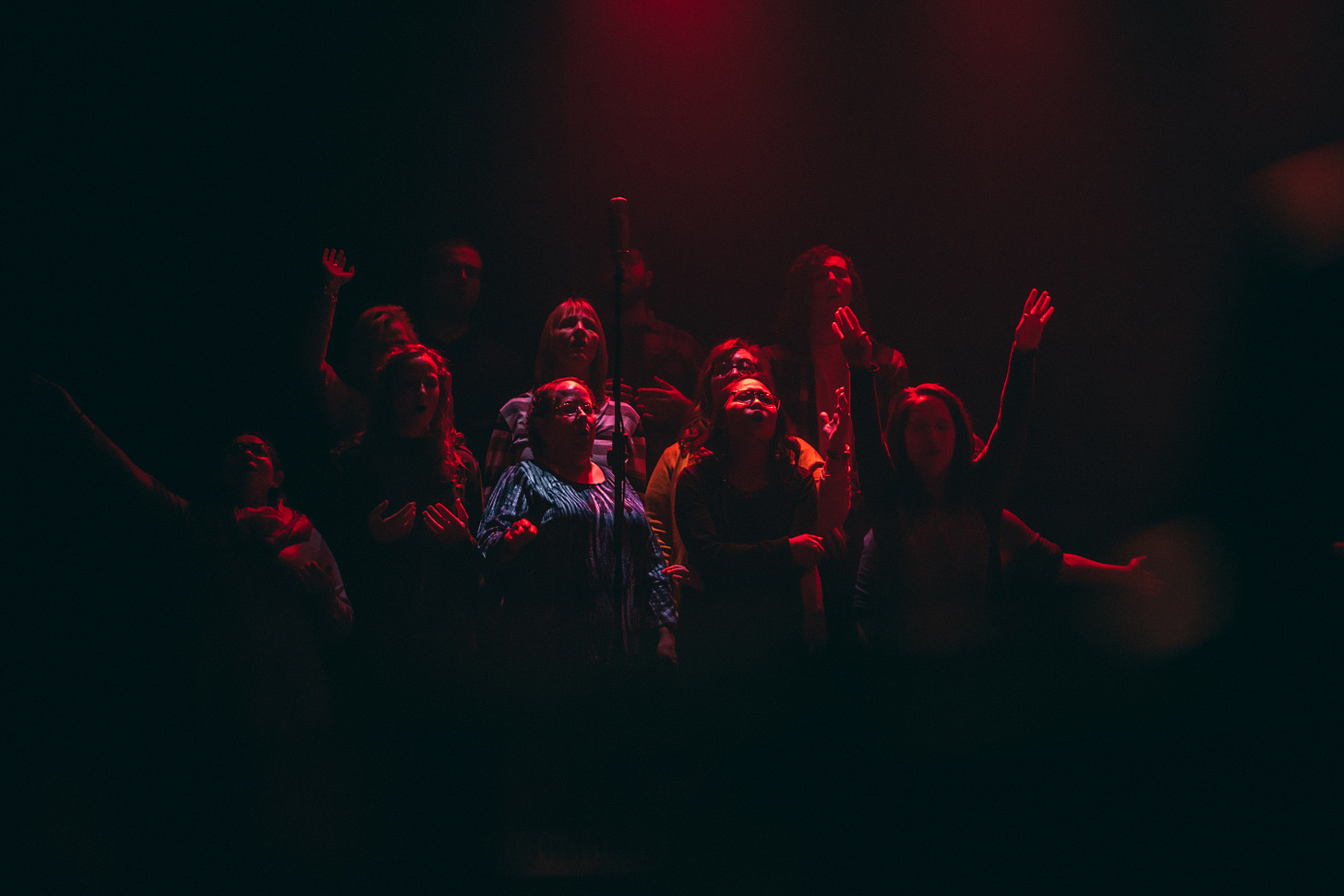What is this "Social Audio"?
Get used to the word, it's running wild on the internet

Thanks to Clubhouse (this one, not that one), the internet is abuzz with “social audio.” How can I not talk about this!? Orality. Postliterate. Yada Yada!
Twitter and Facebook are getting into the game along with lots of others. [ ok, enough with the links. ]
What is social audio?
I immediately thought of it as a zoom conference without the camera on.
The podcasting juggernaut [I’m a fanboy, there shows rock] Pacific Content has posted a great run down with tips and tricks based on their collective experience in talk radio. So it’s a bit like that too.
You could also think of it as a conference call through an app.
Ultimately it’s an audio broadcast anyone can do with social qualities like shared hosting, request to join the talk, seeing other participants, sharing air times, and so on.
Where did it come from?
Like any other phenomenon, it all came from a culmination of different factors converging in on themselves. With the exclusive invite-only, iOS-only release of Clubhouse, along with their lineup of celebrity participation, it hit the right nail at the right time to get all the attention and FOMO.
Factor 1 - COVID
Let’s put this front and center. This pandemic, while scary, has pushed us deeper into technology. As we’ve been in lockdown after lockdown, we want to reach out. We’re on the hunt for anything to help us connect.
Factor 2 - Zoom
Zoom was a great quick out-of-the-gate solution to all this isolation. What we did with it and how we shared it was incredible. We had coffee together, Friday beers together, costume days, games night, movie watching parties. Using their paid services, event holders made some very cool tutorial nights and conferences. My wife and I took part in a cooking homeschool night.
And then…
we all…
got…
…
We got tired of turning the camera on, of looking good from the waist up, finding the right corner of the house that makes you look professional enough only to find your partner still streaking quickly behind you.
So we need something to give us a fix, but nothing so intense.
Factor 3 - Gaming, Twitch, Discord, etc.
If you’re a gamer (or an introvert), the joke is when everyone was locked down, did you notice anything really that different? You had the tools already at your disposal. After all, “modern” [I put that in air quotes to show how “young” I am] gamers have a variety of RPG multiplayer choices. Put your headsets on and you’re chatting away with friends. Discord’s voice channels let any number of people gaming or otherwise chat away. The point is here developers & entrepreneurs of the future have been using these tools to be “socially audio”[?] for some time; it’s easy to be inspired from them to build what’s next.
Small Factor 3.1 - Anchor
I’m making an extra side note for Anchor here. Mainly because before it was brought into the Spotify family, it was more like an audio twitter. It was interesting and different. I’ve watched them grow and I’m curious where they will go. Two of their features which are in the social realm and are still there: record with friends & voice messages.
Where’s it Going?
I’m a horrible crystal ball. Where are we going with social audio? I can’t really tell. Who will win and reign after the big dogs roll out features? It’s only a guess.
I think the voice alone has special qualities to it that we uniquely glom onto. Its power; its effect on us is tremendous. It’s not going to go anywhere. This isn’t a fad. Expect more.
Empathy & more Ong
To put a bow on all of this and bring it back - here comes the next installment of Ong’s oral culture.
Empathetic and participatory rather than objectively distanced
A doozy, right?
Social media has been full of trolling and negativity in recent years, so this one stumped me. I struggled to fit this into my theories of our postliterate oral society. It was a big “TBD” in my notebook.
No longer! Google “empathy” and “clubhouse” and we have a beginning of a conversation. Somewhere, we know orality is empathetic. It’s something missing that we long for and want to foster in our world.







